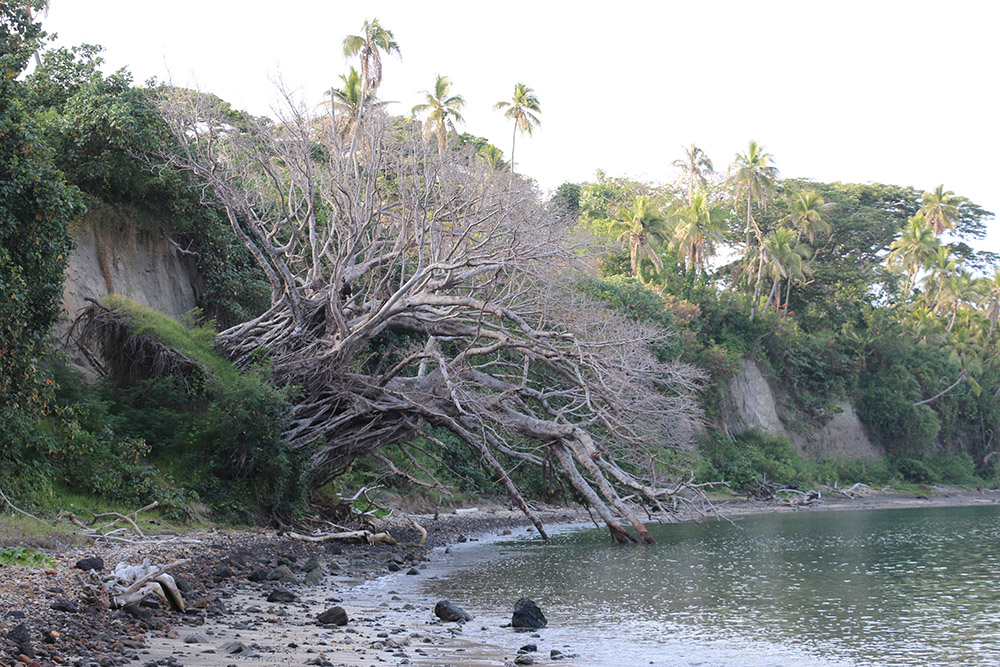
Coastal hazard assessments involved many processes and it is necessary to study and understand the local processes before choosing an adaptation strategy. The adaptation is very specific to the case study and can’t be transferrable to another site without knowing the hazards and processes involved.
We wrote this paper because South Pacific Islands are facing severe impacts from climate change and natural hazards and adaptation strategies are usually discussed to address climate impact globally. However, these strategies are very specific to a site including local processes, social aspect and local policies. The level of urbanisation needs to be considered.
Unfortunately, the last option in a developed region is often hard engineering but when a region is low developed, many other options are available such as nature-based solutions or avoiding the development of a zone at risk. Yet, challenges remain in terms of understanding local coastal risks given the coarseness of global wave models and the paucity of locally scaled data in most developing countries, including Small Island Developing States (SIDSSIDS Small Island Developing States are a distinct group of 38 UN Member States and 20 Non-UN Members/Associate Members of United Nations regional commissions that face unique social, economic and environmental vulnerabilities.) like Vanuatu. The aim of this paper was to examine the differences in hazard assessment and adaptation option selections arising from analyses using globally versus locally scaled data on coastal processes.
As a case study, we focused on an eroding cliff face in Port Resolution on Tanna Island, Vanuatu, which is of concern to the local community and government authorities. The coastal process modelling revealed that the global wave data was to coarse to estimate the trigger process of the cliff erosion and showed that the wave highly dissipate in the Bay.
Expensive engineering adaptations designed to provide coastal protection to reduce the wave energy in the bay would have failed in preventing ongoing cliff erosion. It was found that high water levels associated with current and geotechnical issue was more likely to destabilise the cliff. This are is seismic and the land not stable. In this case, the best adaptation solution involves changing land use to revegetate and help stabilise the cliff top.
Our case study highlights the importance of accurate hazard assessment, especially in data poor regions where extrapolation of global datasets and models in the absence of local data can result in poor adaptation decision making. Furthermore, the multidisciplinary approach applied here can be applied in other data-poor regions to strengthen analyses exploring the benefits of local adaptation interventions.
Publication
Faivre, G., Tomlinson, R., Ware, D., Shaeri, S., Hadwen, W., Buckwell, A., & Mackey, B. (2022). Effective coastal adaptation needs accurate hazard assessment: a case study in Port Resolution, Tanna Island Vanuatu. Climatic Change, 170(1), 10. doi: https://doi.org/10.1007/s10584-021-03304-9
About the author
Gaëlle Faivre
PhD scholar. Assisting with the EcoAdapt project on water quality in Port Vila, Vanuatu.
